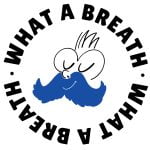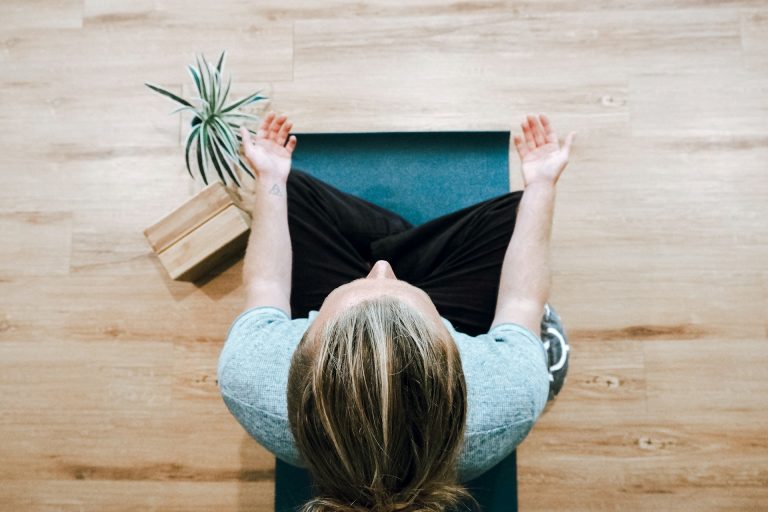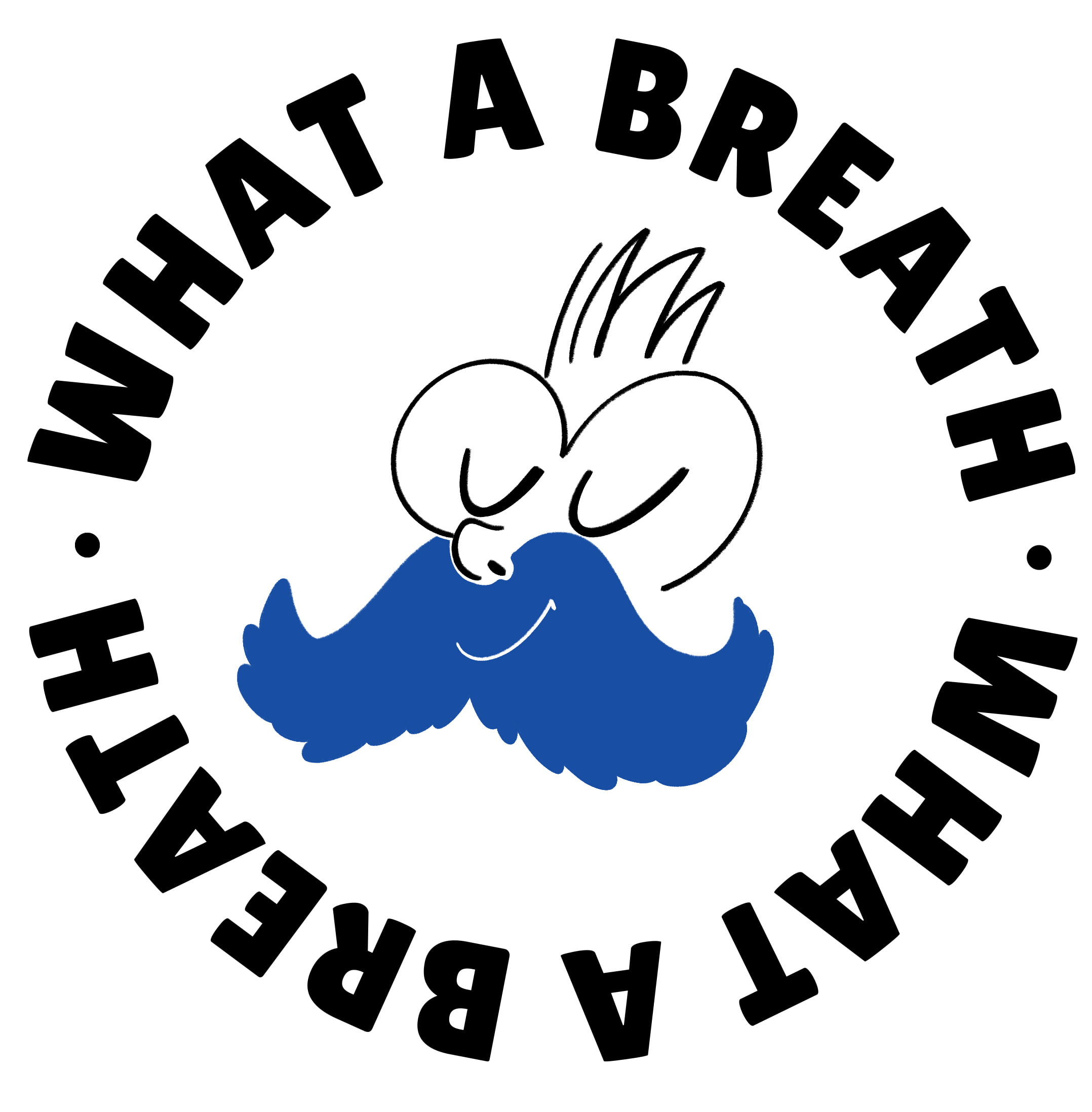Breathing is a vital function often overlooked, yet essential for our physical and mental well-being. Understanding the importance of proper breathing and learning specific techniques, such as 5 2 5 breathing, can significantly impact our health.
First of all: what's up? Write me on Ig and let's get in touch.
In this article, we’ll explore the role of breathing, its general benefits, the 5 2 5 breathing technique, and the importance of related breathing exercises.
(Interested?)
C'mon let's start.
What Is Breathing For?
Breathing is the process through which our body takes in oxygen and expels carbon dioxide. This gas exchange occurs in the lungs and involves the circulatory system, which distributes oxygen to cells throughout the body and collects carbon dioxide for expulsion. To learn more about this topic, I recommend my article "How does breathing work?“.
Vital Functions of Breathing
- Cell Oxygenation: Oxygen is essential for energy production in cells through the process of cellular respiration. Without oxygen, cells cannot function properly.
- Elimination of Toxins: Breathing helps remove carbon dioxide, a waste product of cellular metabolism, and other toxins from the body.
- pH Regulation: Breathing contributes to maintaining the body’s acid-base balance, regulating blood pH levels.
What Are the Benefits of Breathing?
Proper breathing has positive effects on various aspects of physical and mental health. Deep, controlled breaths can improve overall well-being and quality of life.
Physical Benefits
- Improves Circulation: Good breathing facilitates blood flow and oxygenation of tissues, enhancing cardiovascular health.
- Supports Digestion: Diaphragmatic breathing massages internal organs, promoting better digestion and intestinal function.
- Boosts the Immune System: Adequate oxygenation supports the production of immune cells, enhancing the body’s ability to fight infections and diseases.
Mental benefits
- Reduces Stress: Deep breathing activates the parasympathetic nervous system, inducing a state of relaxation and lowering stress levels.
- Enhances Concentration: A good oxygen supply to the brain improves mental clarity and focus.
- Improves Mood: Proper breathing can balance stress hormone levels, such as cortisol, leading to an overall better mood.
What Is 5 2 5 Breathing For?
The 5 2 5 breathing technique involves inhaling for 5 seconds, holding the breath for 2 seconds, and exhaling for 5 seconds. This practice is designed to improve breath control and provide numerous physical and mental benefits.
Specific Benefits of 5 2 5 Breathing
- Reduces Anxiety: The 5 2 5 breathing technique helps calm the mind and reduce anxiety symptoms through conscious breath control. The breathing rhythm creates a soothing effect that can interrupt anxious thought patterns.
- Improves Lung Capacity: Regular practice of this technique can increase lung capacity and respiratory efficiency, making the lungs stronger and more resilient.
- Balances the Nervous System: By alternating inhalation, breath-holding, and exhalation, 5 2 5 breathing helps balance the autonomic nervous system, promoting a state of equilibrium between activation and relaxation. This balance is crucial for stress management and overall health.
Practical Applications
- In Meditation: The 5 2 5 breathing technique can be incorporated into meditation practices to achieve a deep state of calm and focus.
- In Sports: Athletes can benefit from this technique to improve endurance and performance by controlling their breath during training and competitions.
- In Daily Life: This technique is also useful in everyday stressful situations, such as public speaking or handling challenging work tasks.
What Are 5 2 5 Breathing Exercises For?
5 2 5 breathing exercises are designed to improve breath control and efficiency, bringing numerous physical and mental benefits.
Benefits of 5 2 5 Breathing Exercises
- Stress Management: Regular practice of 5 2 5 breathing helps manage and reduce stress, promoting a sense of calm and relaxation. The rhythmic breathing sequence can serve as an anchor in moments of tension.
- Enhances Physical Performance: Athletes and active individuals can use this technique to optimize their physical performance, improving endurance and recovery. Efficient breathing delivers more oxygen to muscles, enhancing stamina.
- Supports Mental Health: Conscious breathing is a key component of many meditative and therapeutic practices, helping to develop greater awareness and reduce symptoms of mental health issues such as anxiety and depression.
How to Perform 5 2 5 Breathing
- Find a Comfortable Position: Sit or lie down in a relaxed position.
- Inhale for 5 Seconds: Slowly and deeply breathe in through your nose, counting to five.
- Hold Your Breath for 2 Seconds: Keep the air in your lungs for two seconds.
- Exhale for 5 Seconds: Gently release the air through your mouth, counting to five.
- Repeat: Continue this cycle for at least 5–10 minutes.
Tips for Practice
- Consistency: Practice 5 2 5 breathing daily to achieve the best results. Even a few minutes a day can make a significant difference.
- Gradual Progression: If you find it challenging to hold your breath or maintain the rhythm initially, start with shorter durations and gradually increase them.
- Listen to Your Body: If you feel dizzy or uncomfortable, stop the exercise and try again later with a slower pace.
Conclusion
Incorporating the 5 2 5 breathing technique into your daily routine can bring numerous benefits to your overall well-being. Not only does it improve physical health, but it also fosters mental and emotional balance. Try integrating this technique into your life and experience its positive effects firsthand. You can find other breath methods at this link.
Remember, the key to reaping the full benefits of breathing is consistent and mindful practice. Get in touth for a focused coaching or to book a custom consultant.






